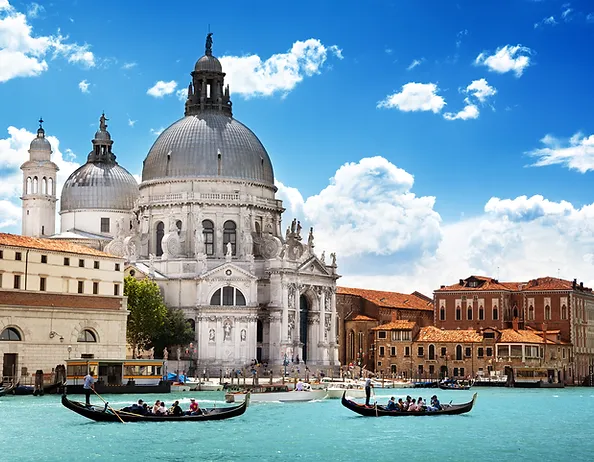Italy is renowned as a tourist destination; it attracted more than 40 million foreign visitors annually in the early 21st century. Conversely, less than one-fifth of Italians take their holidays abroad. The tourist industry in Italy experienced a decline from 1987 onward, including a slump during the Persian Gulf War and world recession, but it rebounded in the 1990s, posting gains in the number of overseas and domestic tourists. In addition, the Jubilee celebrations promoted by the Roman Catholic Church in 2000 to mark the advent of its third millennium attracted millions of tourists to Rome and its enclave, Vatican City, the seat of the church. Pope Francis declared 2016 to be an Extraordinary Jubilee of Mercy, an event that drew still more pilgrims to the Vatican.
The tourist industry has flourished under both national and international patronage. The most popular locations, apart from the great cultural centres of Rome, Florence, Venice, and Naples, are the coastal resorts and islands or the Alpine hills and lakes of the north; the Ligurian and Amalfi rivieras; the northern Adriatic coast; the small islands in the Tyrrhenian Sea (Elba, Capri, and Ischia); the Emerald Coast of Sardinia; Sicily; Gran Paradiso National Park and the Dolomites; and Abruzzo National Park.


Comment (0)